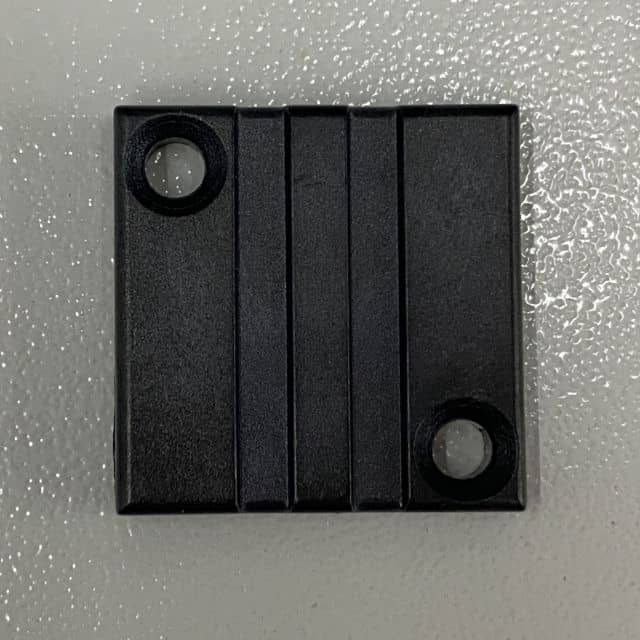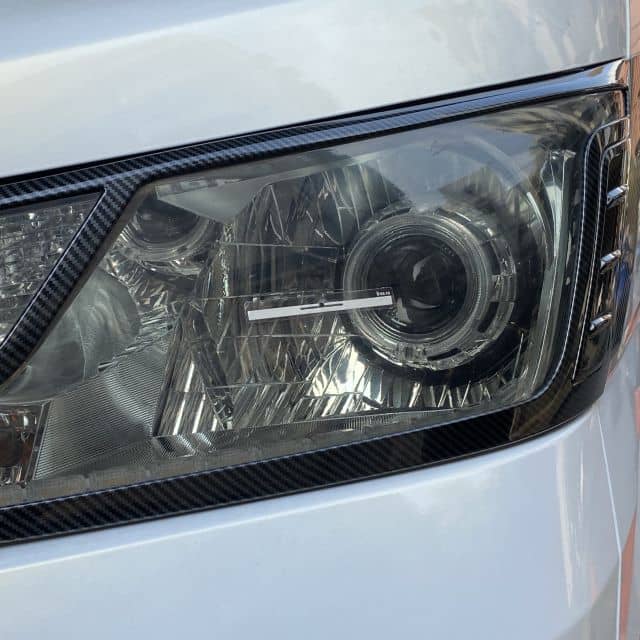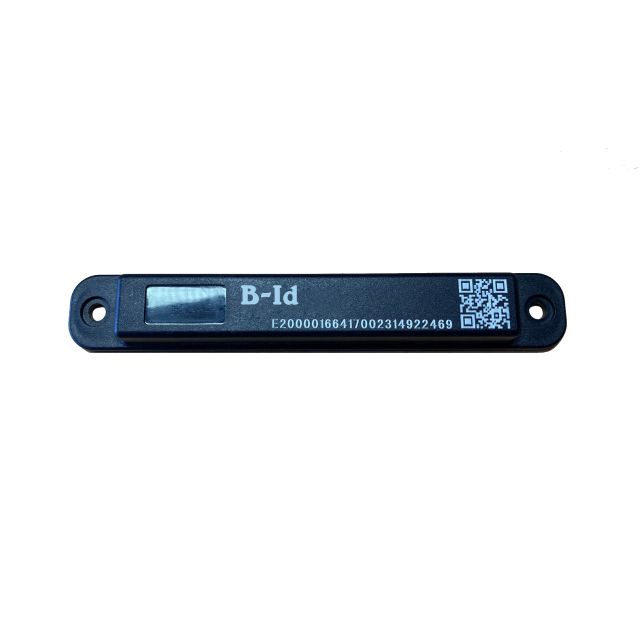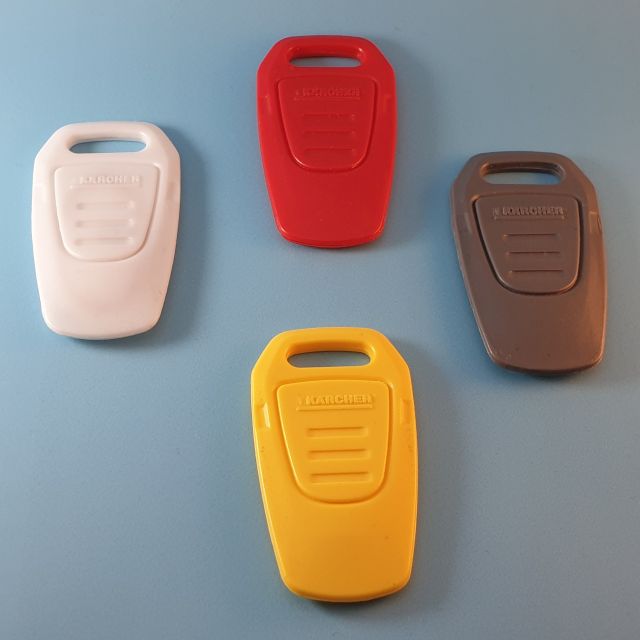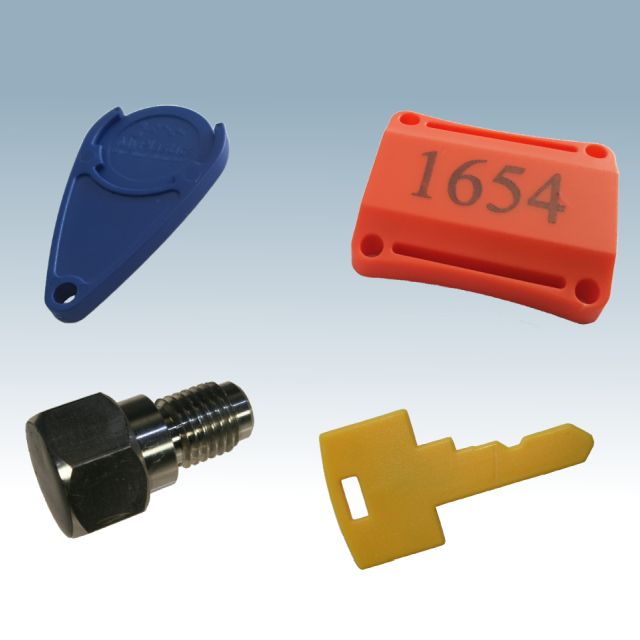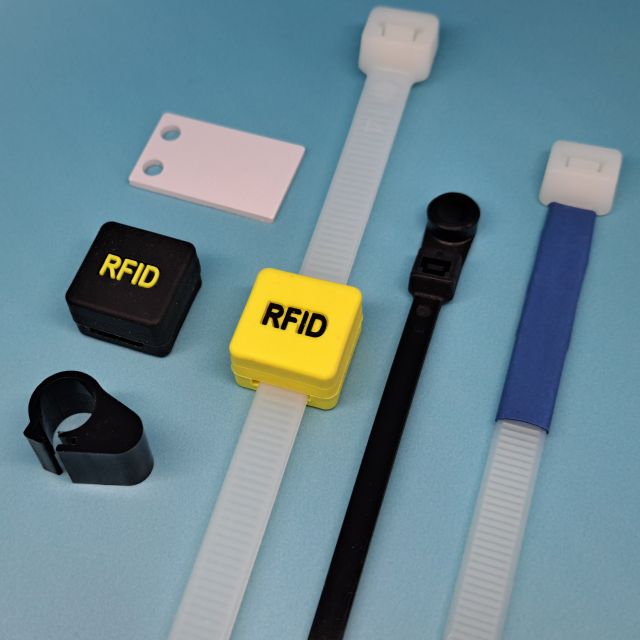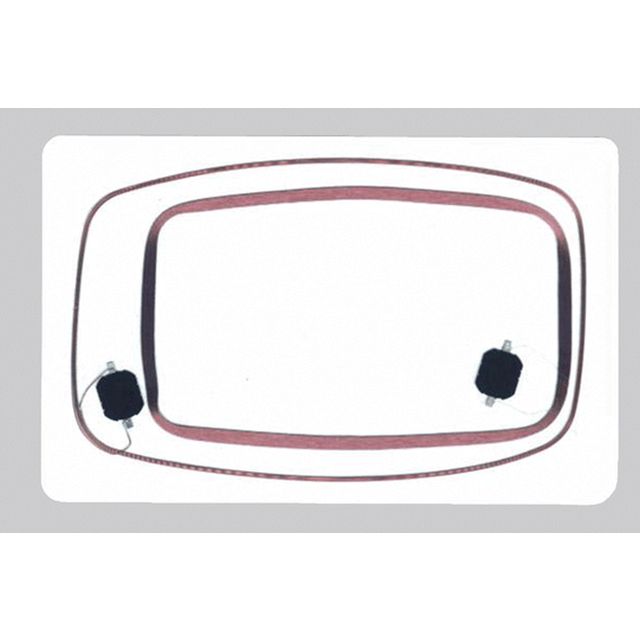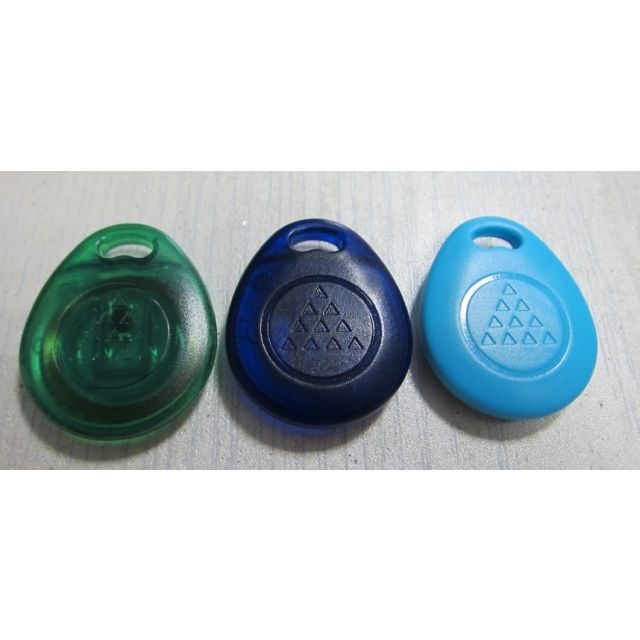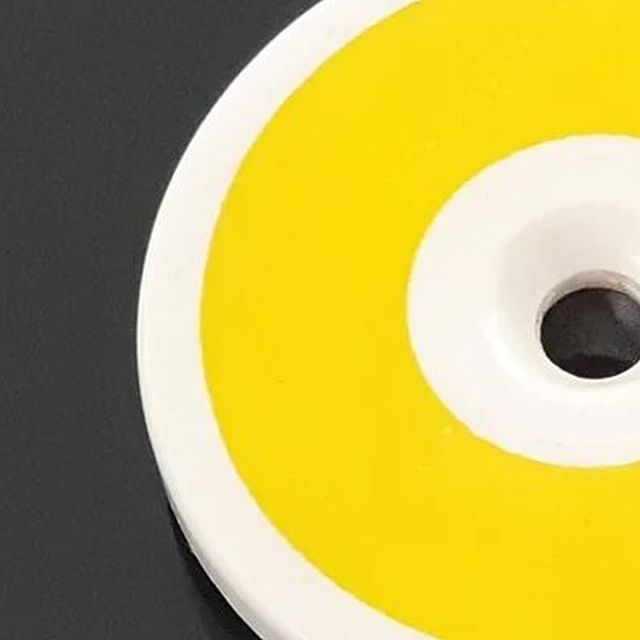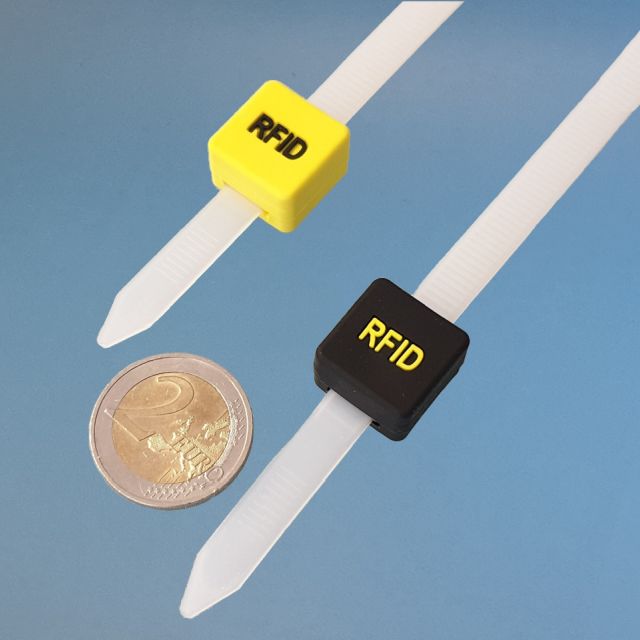Smart Cards with fingerprint sensors, Bluetooth cards for indoor RTLS!
With innovative features B-Id intends to distinguish themselves in the card market from the "classic" smart card environment
"Until about a year ago, the hardware-based development of smart card applications came to a standstill", says Yiwen Jin, Managing Director of B-Id. "With display cards and fingerprint cards for ID, banking and access applications, and Bluetooth cards for indoor RTLS and secure temperature monitoring for the transport of medical devices, a new drive is coming into the card industry.
While innovative applications were almost exclusively covered by software in the past, projects are currently being implemented in Asia and the USA, where the focus is on the technological sophistication of the cards. In an interview with "RFID & Wireless IoT Global", Yiwen Jin talks about technological updates in the field of display and fingerprint cards as well as newly developed Bluetooth cards. The fact that real requirements are implemented here rather than technical "gimmicks" is underlined by the millions of cards required in the various projects.
Yiwen Jin, Managing Director, B-Id, in an interview with RFID & Wireless IoT Global.
Technically upgraded fingerprint cards
Fingerprint sensors need energy. Non-rechargeable batteries only have a short operating time of a few months. When B-Id introduced the first cards in ISO format with an integrated fingerprint sensor more than a year ago, the principle was convincing, but the life span of the card was not in all applications. "The search for a rechargeable energy storage device was time-consuming. At the beginning of 2016, we were able to present the first cards with rechargeable batteries," reports Yiwen Jin.
"However, the development did not end with the discovery of a suitable energy storage device. It turned out that cards whose battery charge fell below a certain voltage level could no longer be charged. By adjusting the circuitry, this hurdle could be removed." Flexion and torsion tests according to ISO standards, in which the cards are bent up to 15 degrees upwards and downwards 250 times from each side, could not damage the installed components.
"Completely new technological features, integrated into a card in ISO format, create the basis for completely new, highly secure applications in the ID, banking or tracking environments".
Battery charge for six months
"Today, one battery charge is theoretically enough for up to six months if used once a day. In theory, this is because the battery is supplied with power each time it is used at a reader or in an ATM either via the contactless 13.56 MHz interface, or in the case of dual interface cards also via the contact interface. It only becomes critical if a card is not used at all for more than six months. At this point, the circuit becomes active to protect the battery," says the B-Id managing director.
Super capacitors for access control cards
For access control, B-Id has developed fingerprint cards with a super capacitor that stores energy for up to four additional access operations each time the reader authenticates. "This solution is not suitable for banking applications. For authentication at an ATM, for example, more energy is needed in the card," says Yiwen Jin.
Fingerprint cards for over 20 million Taiwanese
A project for the use of fingerprint cards, in which the card is to be used for four different applications, is currently in its initial stages in Taiwan. "
In early 2016, the newly elected government of Taiwan is planning to introduce a solution in which cards with fingerprint sensor and dual interface technology will be available with four different functions for its population of more than 20 million people," explains Yiwen Jin and continues: "Firstly, the card will of course serve as an ID card for a personal identity function; secondly, it will also serve as a driver's license; thirdly, it will serve as a medical card; and fourthly, it will serve as a medium for displaying one's assets at special reader stations via a capital management function.
Fingerprint as Mobile-ID
In a second project over the next three years, three million cards are to be used in which fingerprint cards and smartphones can be used for mobile payment for secure shopping.
"The card owner holds the card up to his smartphone. The fingerprint data is communicated via the NFC interface of the card and the mobile phone and thus used to approve transactions. Entering a TAN is no longer necessary and the security level is increased," explains Yiwen Jin.
Bluetooth cards with ID
Although the fingerprint cards have been on the market for some time, B-Id was able to present a completely new development with the realization of Bluetooth cards for safety-relevant areas of application. "Despite the continuous development up to the BLE standard available today, Bluetooth applications require sufficient energy to be able to achieve high reading ranges of up to 100 meters," says Yiwen Jin.
"After an intensive search, the B-Id development team has succeeded in finding Bluetooth components that can be integrated into an ISO card and still be detected over a distance of around 10 meters. The ID of the Bluetooth chip enables the cards to be used as the basis of an indoor RTLS or for asset management. An initial project has also been launched in the area of temperature monitoring during the transport of sensitive medical goods."
Bluetooth in a high security environment
A government agency in the USA is currently projecting the use of Bluetooth cards to locate employees in the building, as Yiwen Jin reports. "The cards will also be used to allow employees to log on to the system, for example on a PC. Based on the development of extremely low-current circuits in the cards used, they can be used for up to six months without recharging when the battery is fully charged.
This form of using Bluetooth cards is also conceivable as an alternative to active RFID or WLAN systems. "On the cost side, Bluetooth cards without additional features are below the average acquisition costs of active WLAN transponders. This makes the cards an alternative to existing solutions, for example in the area of asset tracking of medical products in a hospital".
Safe transport of medication
In a current project, special Bluetooth cards with integrated temperature sensors are used to seamlessly monitor compliance with a cold chain when transporting medicine or blood preserves.
"The card is packed together with the goods to be transported and saves the measured temperatures at regular intervals. Once it reaches the recipient, he/she can read out the logged data via smartphone or tablet and an app via the Bluetooth interface. The particular challenge in this project was to find a battery for use in card format that could withstand temperatures as low as -20 degrees Celsius without loss of performance," says Yiwen Jin.




